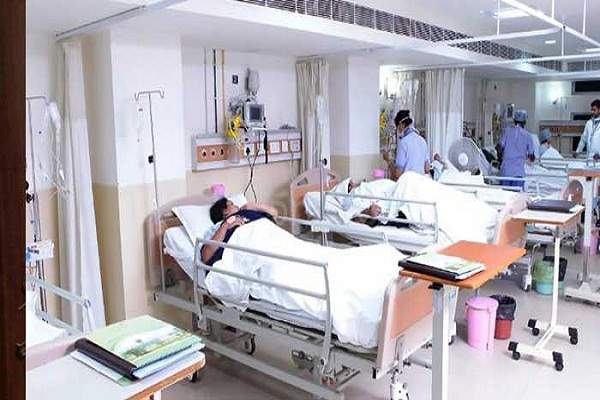Ahead of the Union Budget 2023 to be presented on 1 February, the healthcare sector has said it wants the government to make all efforts to create newer models to improve accessibility, availability, affordability, and quality in Tier 3 and 4 cities and rural areas if it wants to achieve Universal Health Coverage (UHC) by 2030.
The government needs to create new models or else its UHC target would be difficult to achieve. The new models incorporate many pillars of healthcare, including financing, capacity building, infrastructure, technology, and insurance among others, stakeholders in the sectors say.
Technology has emerged as a game-changer for the sector and it provides unique solutions to India’s several challenges. The country witnessed its mettle during the pandemic. The world’s largest vaccination drive was done with the help of technology, which is also expected to play a critical role in achieving the UHC goals. And for that, a policy push would be required.
Ashim Kumar, Facility director at Narayana Super Speciality Hospital, Howrah, said, “We have already witnessed the importance of technology in healthcare. Now, we need to move to the next level by adapting technologies (digital health with all its newer tools like IoT, AI, data analytics, and electronic records). New technologies can take care of the entire continuum of care. These technologies have specific roles from admission to discharge and post-discharge period too. We hope the government will surely announce further impetus for the wider use of technologies. We need out-of-the-box thinking for innovative healthcare models, which would keep the cost low and within reach of all income groups with the introduction of technology and skilled manpower for reaching clinical excellence. The budgetary allocations for health in 2022-23 were nearly 2%. The industry is hoping the government would surely make provisions for spending an extra 0.5% of GDP every year on health for the next five years and encourage private sector investments through tax sops and other incentives.”
Anurag Kashyap, director, of Finance and Strategy, TR Life Sciences, said, “ Both capital and operational expenditure have significantly increased for the hospitals. This has cascading effects on the cost of treatment. For sustainability and quality, the hospitals would pass on the burden to the patients. To overcome this challenge, we expect the government to create an enabling mechanism for credit facilities. Long-term (15-20 years) credit facilities would come as a booster dose for the sector as it would decrease the burden. Interest rate, tenure, and collateral are the major concerns. Easy access to capital at lower rates without collaterals would long way to creating a new healthcare ecosystem in the country.”
“The sector needs both structural and tax reforms. Tax sops and incentives for both existing and new healthcare projects are required. For new or greenfield projects, a tax holiday period of 10 years, as given to special economic zones and tech parks, would go a long way to transform the sector,” added Kashyap.
Sugandh Ahluwalia, Chief Strategy officer, Indian Spinal Injuries Centre, said, “India has emerged as a key destination for medical tourism. Highly experienced doctors combined with world-class facilities, attract millions of overseas patients. We expect the Union Budget 2023-24 to provide further momentum with fresh incentives to this segment which witnessed a slowdown during the Covid-19 crisis but now recovered.”
According to a BCG Report, better clinical outcomes lead to improved productivity. It is estimated that this could lead to an ‘additional benefit of $US 200-250 billion to India’s GDP.’ Other advantages include a big push for patient trust, diagnosis rate, and deep penetration of health insurance instruments.
“Cohesive collaborations and partnerships among the government, public sector health institutions, and private sector would go a long way in creating a robust healthcare ecosystem in the country. For the government, collaborations and partnerships would ease the burden to a large extent. The government needs to make policies more comprehensive and universal. Cohesive collaborations and partnerships are possible in every segment — provider, medtech, diagnostic, and digital health,” said Baldev Raj, a healthcare expert.









